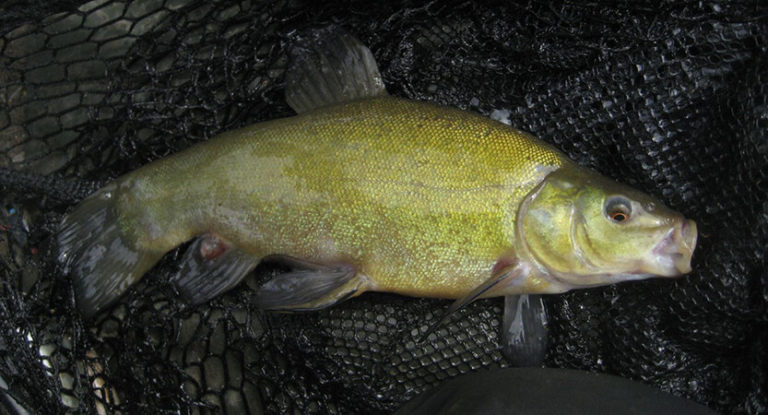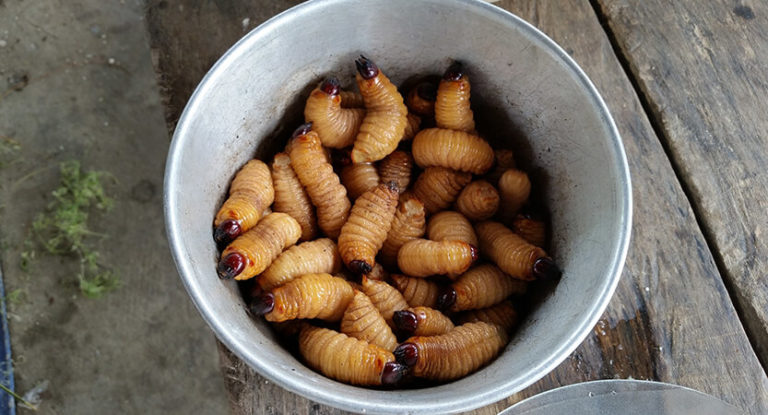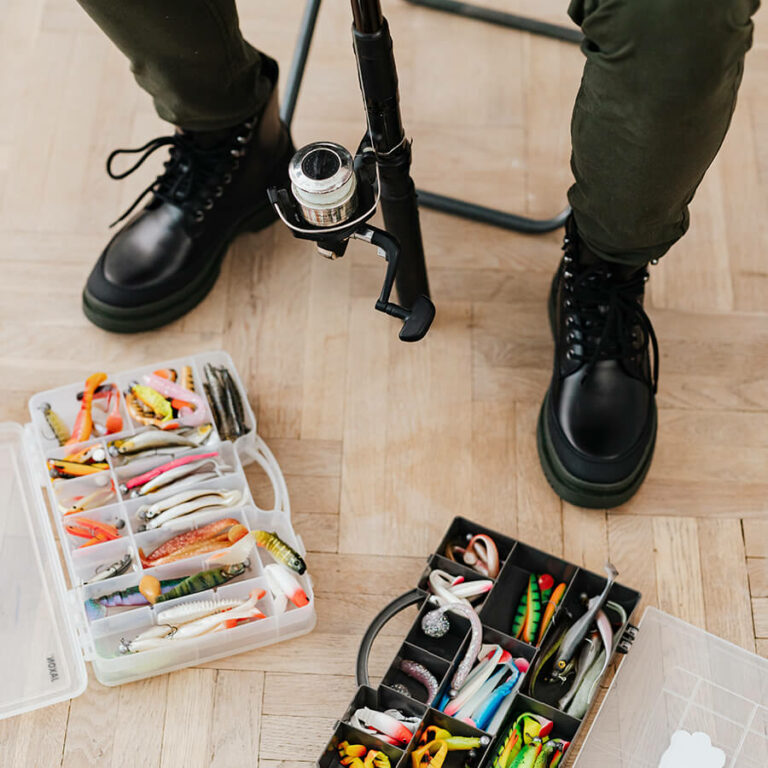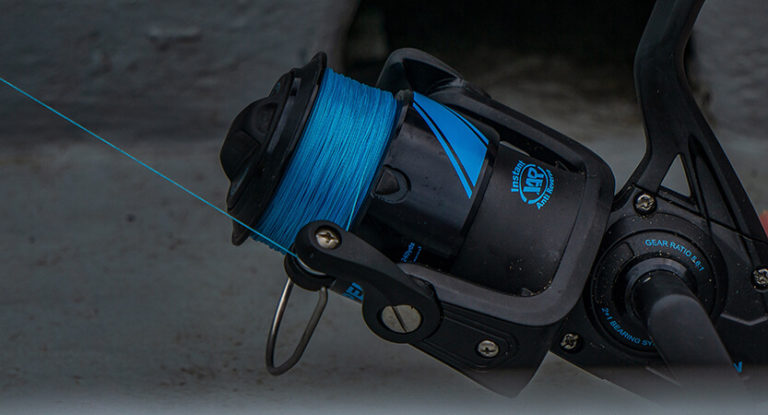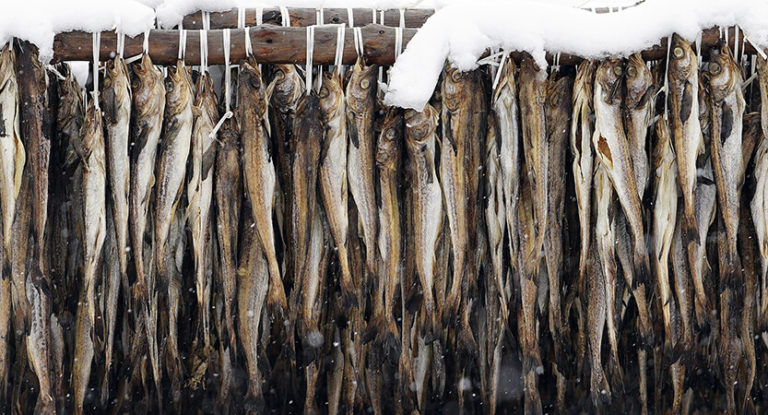One of the most coveted trophies of many fishermen, especially lovers of spinning and trolling fishing. Zander is well acclimatized, therefore it is familiar not only in the regions of natural residence, but also in artificial reservoirs, such as ponds and reservoirs.
Here is an overview of the content of this tutorial, feel free to jump to any section you care about:
For more fishing instructions, take a look at these popular Trizily links: Huchen Fishing.
Zander Fishing
Characteristics of zander
The fish is aggressive and gluttonous, which makes anglers happy. The dimensions of zander can reach a length of more than a meter and a weight of 18 kg.
Reproduction habit of zander
Ripening of fish can last up to 7 years in the northern regions, usually it occurs in 3-4 years. Spawning takes place in April – June. Caviar is laid on a sandy bottom in nests made by males, quite heaped. Fish guard the offspring and aerate the water near the nest, using fins.
Zander fishing guide: Techniques, bait and gear
Zander fishing techniques
Fishing for zander is very popular, so a lot of fishing methods have been invented by fishermen. When fishing on natural bait, it can be fishing for live bait or pieces of meat. To do this, you can use various rods, as well as necklaces, “deliveries” or circles. Zander is caught on artificial baits with familiar, traditional snap-ins and specially designed for it. In large bodies of water, many anglers practice fishing from boats, “in drift” or at anchor.
Fishing by trolling on reservoirs, large rivers and lakes is no less popular, including catching of semi-aisled zander in the brackish waters of sea bays in river estuaries. No less exciting fishing from the shore. In winter, in some regions, fishing of zander is a special tradition and a specialized type of fishing. Ice fishing is carried out both with the help of traditional mormyshki and spinners, as well as specialized lures and tackles.
Catching zander on bottom gear
Zander fishing on bottom gear is very effective in pits and places with a complex course. Donka rods are used both when fishing from the shore, and from boats. When fishing from small vessels it is more convenient to use various side fishing rods, which can be very simple. On small rivers, they fish from the shore, while using traditional gear, often converted spinning rods with equipment for live bait gear. It is worth noting that in some reservoirs, instead of bait fish, zander is perfectly caught in pieces of fish meat. Sometimes this attachment is considered more effective for catching large fish.
Spinning for zander
Zander, along with pike, is at the top of the “food” pyramid of practical in all reservoirs. A huge number of spinning lures were invented for fishing. The main criterion for selecting a fishing rod, in modern spinning fishing, is the choice of fishing method: jig, twitching and more. The length, order, and test are selected relative to the place of fishing, personal preferences and the lures used. Do not forget that the rods with a “medium” or “medium – fast” formation, “forgive” much more mistakes of the angler than “fast”.
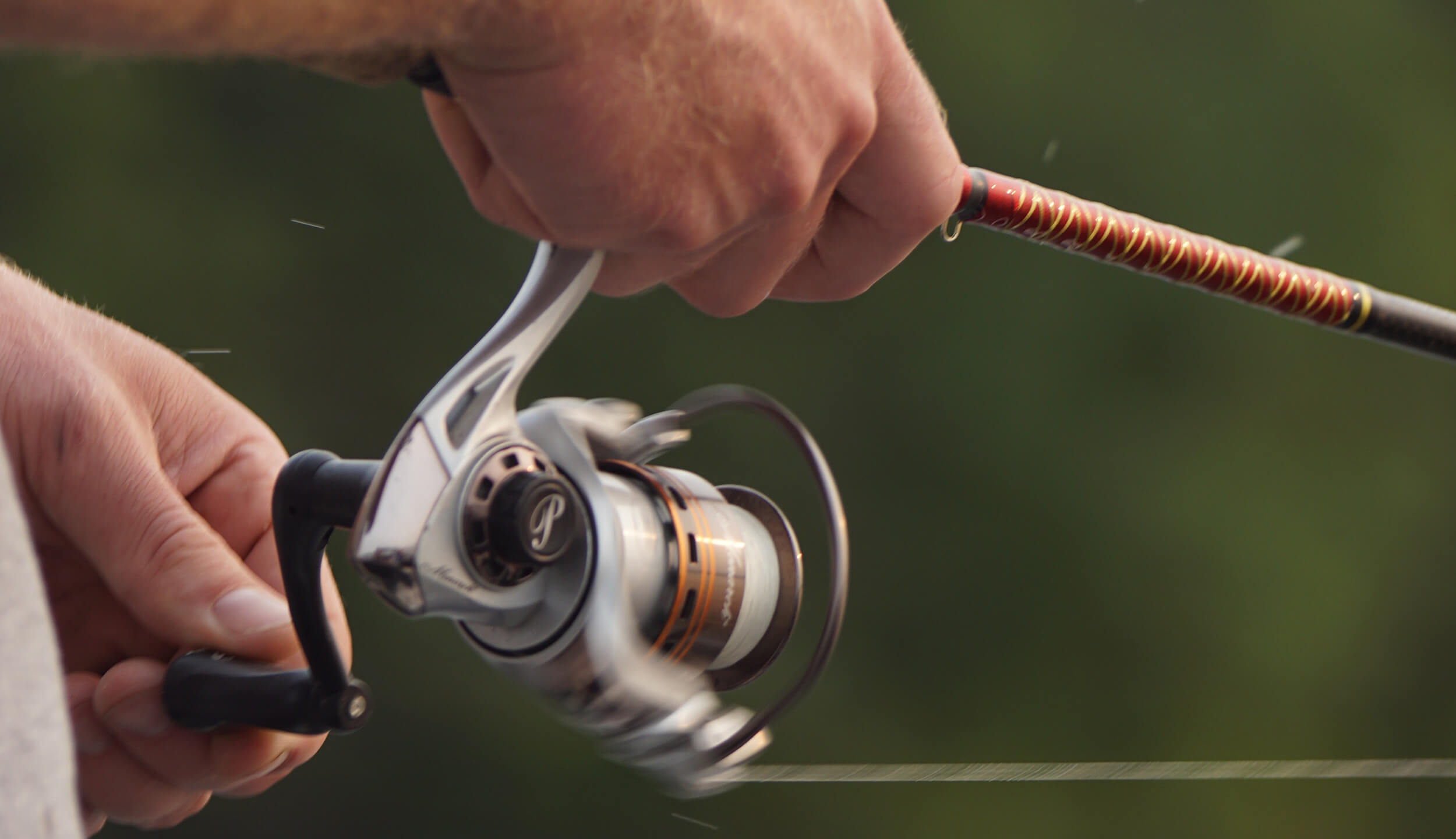
Reels and cords are desirable to purchase appropriate to the selected rod. Zander bite on spinning lures often looks like weak “pokes”, so many anglers advise using cords exclusively. Due to its weak extensibility, the cord better “conveys” careful fish bites. In general, when fishing for zander, various “jig” fishing techniques and corresponding lures are more often used.
Catching zander on various gear
In the summer, zander can be successfully caught on bait fish using float rods. Zander, along with perch and pike, is actively caught in various types of installation gear, also using a bait roll and pieces of meat. It can be various zerglers, “circles”, times and so on. Of these, the most exciting and exciting, justifiably, is considered to be fishing “on the circles.” These methods can be caught both in stagnant water bodies and in slowly flowing, large rivers. Fishing is very active. On the surface of the reservoir several gears are installed, for which you need to constantly monitor and change live bait.
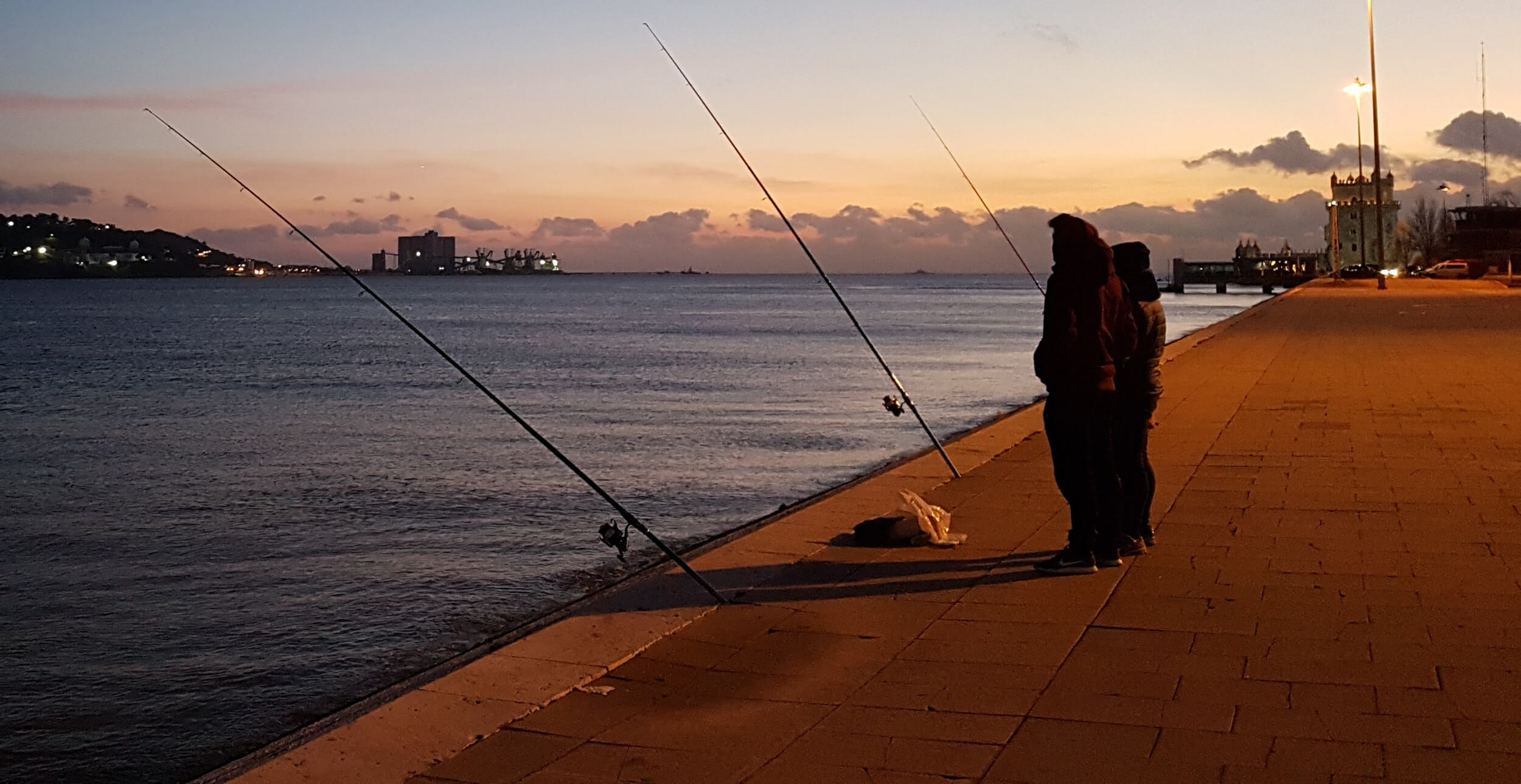
Fans of such fishing use a lot of devices for storing attachments and gear. For example, you can mention special cans or buckets with aerators of water in order to save live bait for as long as possible. Large zander, like perch and pike, is caught by trolling. Pike perch actively responds to fly fishing lures. For fishing use traditional fly fishing gear used to catch medium-sized fish. These are one-handed rods of medium and large classes, switches and light two-handed. For fishing, you will need large enough, sailing or heavy baits, and therefore cords with short “heads” are suitable for casting. In winter, zander is caught quite actively. The main method of fishing is sheer gait. Traditional browning, in many cases, is carried out with replanting small fish or a piece of meat.
Zander fishing bait
For winter fishing, a large number of specialized spinners are used. There are a lot of home-made options that can amaze with their “originality” ignorant fishing. Currently, baits are actively used, from manufacturers of balancers and winter wobblers. In the summer, many anglers use bait designed specifically for pike perch: these are foam and polyurethane fish; weighted streamers; multi-component bait made from tinsel and cambric; spinners from metal tubes and stuff.
The main lures for zander, have proven themselves, various jig attachments and accessories for them. Some species are quite large, and therefore can be equipped with additional leashes and hooks. Currently, most of these baits are made of silicone. Wobblers are also quite often used lures. The choice can be quite diverse. Some zander enthusiasts believe that wobblers are twilight and night lures. For fly fishing, large, voluminous streamers are used, in the case of pit fishing, heavily shipped using fast-growing undergrowths.
Where to catch zander
The natural habitat of zander is relatively small, in the rivers and lakes of Europe, but due to the fact that the fish is well acclimatized, it was settled in a large territory, both in warm regions and in Western and Eastern Siberia. Zander, for the most part a twilight, actively feeding predator. It forms semi-aisle forms that feed in desalinated sea waters. Flocks often live in rivers and lakes, eating in shallow water or near the coastal edge, the rest of the time is in deep parts and behind obstacles in the “cluttered” parts of the reservoir.

![The 7 Best Spinning Reels in 2023 [Buying Guides] 3 The 7 Best Spinning Reels in 2023 [Buying Guides]](https://trizily.com/wp-content/uploads/2021/12/033-768x415.jpg)
